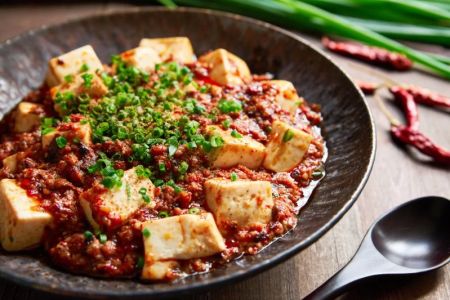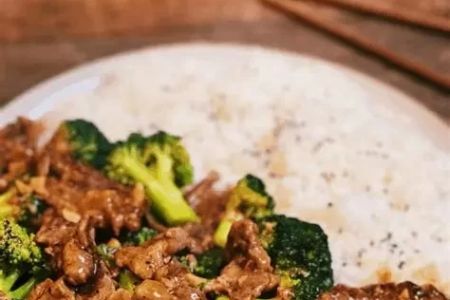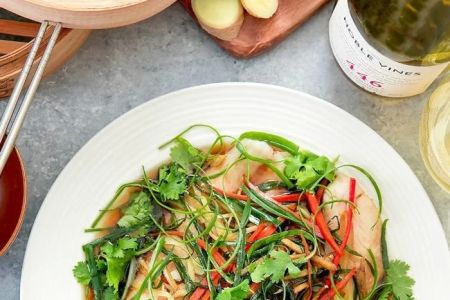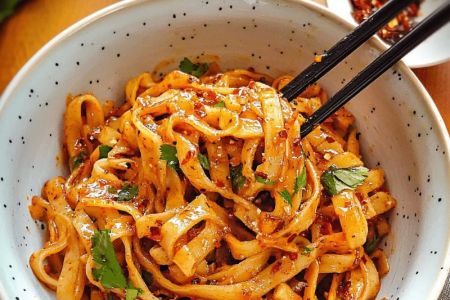- 1 - Importance of Technique in Stir-Frying Rice
- 2 - Choosing the Right Rice for Stir-Frying
- 3 - Preparing Rice Correctly Before Cooking
- 4 - Heat Control and Wok Skills
- 5 - Layering Flavors for Authentic Taste
- 6 - Real Experiences in Kitchens
- 7 - Tips to Achieve Perfect Grains Every Time
- 8 - Bringing Restaurant Quality into Your Home
Importance of Technique in Stir-Frying Rice
Mastering the art of stir-frying rice: achieving perfect grains every time is not only about the ingredients but also the technique. Stir-frying requires speed, timing, and precision. The difference between soggy rice and perfectly separated grains often comes down to how quickly you toss and stir the rice in a hot wok. Developing this rhythm is essential to avoid clumping and achieve a light, flavorful dish.
Choosing the Right Rice for Stir-Frying
Not all rice is created equal. The best results often come from medium to long-grain rice, such as jasmine rice, which remains fluffy and separate after cooking. Freshly cooked rice tends to be sticky, so using day-old rice is a classic trick chefs swear by. Many people attempting their first fried rice dish find that leftover rice from the refrigerator provides the ideal texture for stir-frying.
Preparing Rice Correctly Before Cooking
Preparation is just as crucial as the stir-fry itself. Spreading cooked rice on a tray and letting it cool before refrigerating can make a world of difference. This process reduces moisture, preventing clumping during cooking. Some home cooks even freeze portions of rice briefly before stir-frying to replicate the same effect. By mastering preparation, you lay the foundation for perfect fried rice.
Heat Control and Wok Skills
High heat is non-negotiable when aiming to stir-fry rice correctly. The distinctive "wok hei" or breath of the wok flavor comes from intense heat combined with fast tossing. Amateur cooks often hesitate to turn up the flame, leading to uneven cooking. Professional chefs emphasize that bold heat and confidence with the wok are key to unlocking authentic flavors. At Chinese Food, we often recommend quality woks and burners for anyone serious about cooking stir-fry dishes at home.
Layering Flavors for Authentic Taste
The beauty of stir-frying rice lies in how ingredients are layered to create depth of flavor. Aromatics such as garlic, ginger, and scallions form the foundation. Proteins and vegetables are added in stages, ensuring each ingredient retains its texture. The rice is added last, absorbing the seasonings and oils. Soy sauce, oyster sauce, or sesame oil can be used sparingly to elevate the flavor without overwhelming the natural taste of the rice.
Real Experiences in Kitchens
Many home cooks share stories of their fried rice journey. One popular online post described how a cook accidentally discovered the magic of day-old rice when leftovers produced a far superior texture than freshly cooked rice. Another example comes from a chef in New York’s Chinatown, who explained that fried rice became his signature dish after years of refining heat control and timing. These anecdotes show that mastering fried rice is both an art and a journey of trial and improvement.
Tips to Achieve Perfect Grains Every Time
To ensure each grain is separate and flavorful, keep these tips in mind: use rice that has cooled completely, avoid overcrowding the wok, and work in small batches if necessary. A splash of oil at the right time can help separate grains, while keeping stirring motions brisk prevents sticking. Confidence and patience are as important as the ingredients themselves. The key takeaway is that with practice, anyone can achieve restaurant-quality fried rice at home.
Bringing Restaurant Quality into Your Home
Fried rice is more than just a side dish—it’s a versatile comfort food enjoyed worldwide. By understanding the fundamentals, you can elevate a simple bowl of rice into a culinary masterpiece. Whether you’re cooking for family or guests, the satisfaction of presenting perfectly stir-fried rice is unmatched. If you’re looking to take your cooking to the next level, exploring tools, ingredients, and recipes from Chinese Food can make your journey smoother and more rewarding. Ultimately, it’s about finding joy in the process and savoring every bite.







